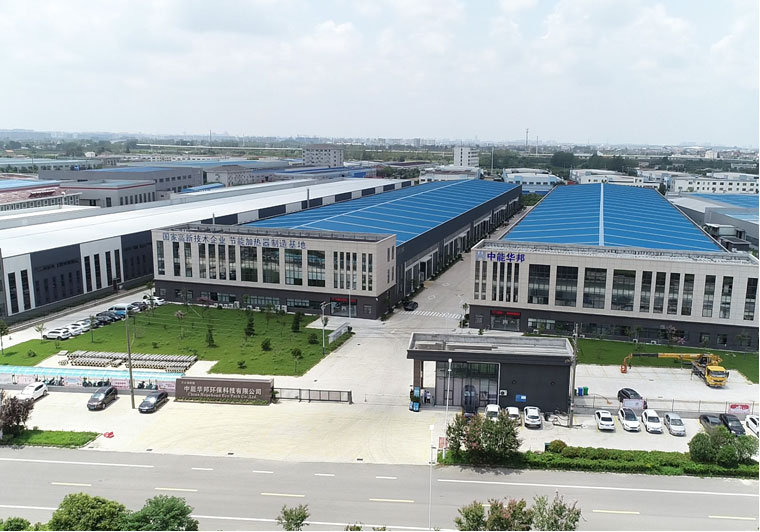Heating Equipment
The finned heater adopts SINTON's robust tubular elements as the structural foundation. The fin material is continuously spirally wound around the surface of the element to increase the convective surface area for heating air and non-corrosive gases. The fin pitch and dimensions have been tested and selected to optimize performance. The steel fin units are then furnace brazed to bond the fins to the sheath, improving the electrical conductivity efficiency. This enables higher wattage levels to be achieved within the same flow area and results in a lower sheath temperature, extending the service life of the heater. For applications with higher temperatures or stronger corrosiveness, stainless steel fins can be firmly wound around the alloy sheath. When installing the heater, application conditions such as vibration and toxic/flammable media should be taken into consideration. A protective coating can be applied to steel fin heaters for applications with mild corrosion or high humidity.
The finned tube heater is safer than the open coil heater because the risks of fire and electric shock caused by combustible particles in the flow are minimized. The sturdy fin structure increases the service life and reduces the maintenance requirements. The power load (w/in) of the finned tube can be matched with any open coil installation.
Features:
The continuously mechanically bonded fins ensure excellent heat transfer and help prevent the fins from vibrating at high air speeds.
Several standard structures and installation bushings are available.
The standard fins are made of high-temperature painted steel with a steel sheath.
Optional stainless steel fins, equipped with a stainless steel or chromium alloy sheath, offer corrosion resistance.
Voltages of 120V, 208V, 240V, and 480V are optional.
Maximum sheath temperature:
750°F (400°C) - steel
900°F (480°C) - stainless steel / Incoloy
Selection:
Physical Properties
The outer diameter and thickness of the fins, the spacing between the continuous fins, as well as the materials of the element sheath and the fins play an important role in the heat transfer effect.
|
TUBE DIAMETER |
FIN THICKNESS |
FINS PER INCH |
FIN WIDTH |
*TOTAL SQ.INCH PER LINEAR INCH |
*MAX SHEATH LENGTH |
*OUTSIDE DIAMETER OF FINS |
|
0.260" |
0.020" |
5 |
0.375" |
8.30" |
240" |
1.01" |
|
0.315" |
5 |
9.20" |
1.07" |
|||
|
0.375" |
5 |
10.10" |
1.13" |
|||
|
0.430" |
5 |
10.83" |
1.18" |
|||
|
0.475" |
5 |
11.60" |
1.23" |
|||
|
Dimensions are subject to change |
||||||
Shipment
provides customers with quality and safe transportation.

Sensing the Temperature: The thermostat in an immersion heater utilizes advanced temperature sensors such as thermistors or bi-metallic strips to constantly mon...
READ MORESinton, a global manufacturer of industrial heating systems, has officially released a new technical white paper titled “Fundamentals of Organic Heat Carrier Bo...
READ MOREOil Quality Management The foundation of contaminant control in an oil circulation heater lies in maintaining high-quality circulating oil. The performance and ...
READ MOREIn the context of the global energy and chemical industry's continuous transformation towards safety, efficiency and intelligence, China's high-end industrial e...
READ MOREOrganized fire safety drills To enhance safety awareness within the industrial park and in response to the "119" Fire Safety Awareness Month, on November 29th,...
READ MORE